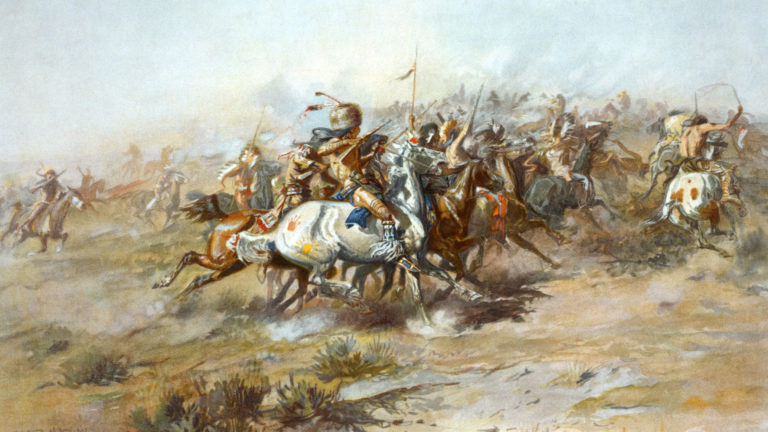On June 27, two days after Custer’s defeat, Terry arrived with Gibbon’s men, and met with Reno’s force. They buried Custer’s dead, gathered up Reno’s wounded, and withdrew to the mouth of the Bighorn River at its confluence with the Yellowstone. The wounded were sent to Fort Abraham Lincoln, and Terry applied for reinforcements. Additional forces were hurried to the front, but no large bands of the Indians could be found; they had scattered, many going back to their reservations. This was perceived as the high point for the Native American defense of their lands. The soldiers immediately adopted a policy of disarming and dismounting all of the Indians at their home agencies. Sitting Bull, Gall, and their bands escaped into Canada.
After the Custer defeat, Congress and military authorities realized the seriousness of conditions among the Lakota. A treaty to cede the Black Hills to the United States was created by a special commission in late 1876. Many concessions were promised by the United States in an effort to move the Lakota into the reservation east of the Black Hills.

A minority of the Lakota actually signed the disputed agreement (three fourths of the male tribal members did not sign the agreement in 1876 and 1877 as required for changes in the original 1868 Treaty). The Black Hills were made a part of Dakota Territory by Congress in early 1877. The legitimacy of the treaty is still disputed by a large segment of the Lakota people.

